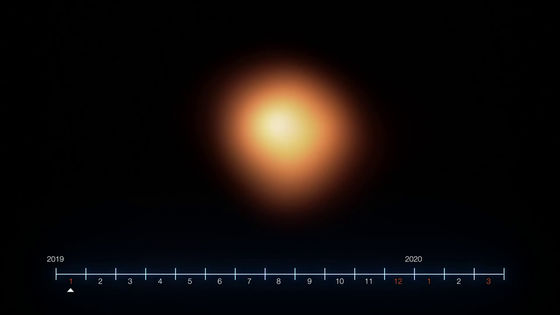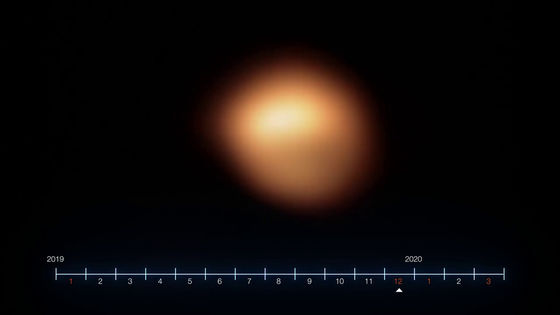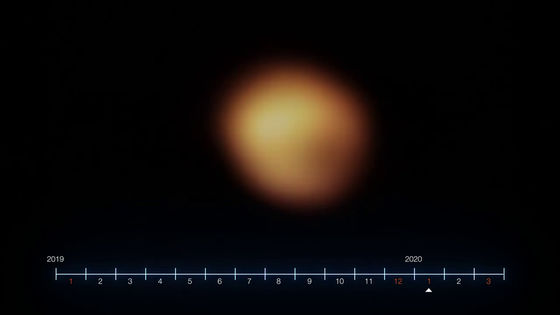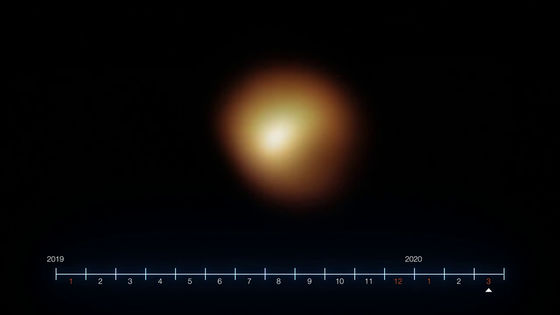Is the cause of 'Betelgeuse's great dimming' 'temperature drop and interstellar dust'?

Betelgeuse, the second closest red supergiant star to Earth, has experienced a historic decrease in brightness from November 2019 to March 2020. Brightness has returned to betray the view that the end of the red giant may be observable. Various astronomers are conducting research on the cause at this time, and the research result that it was due to
A dusty veil shading Betelgeuse during its Great Dimming | Nature
https://doi.org/10.1038/s41586-021-03546-8

The decrease in Betelgeuse's brightness has been confirmed since around October 2019, and in December 2019 it decreased to the lowest level in the history of observation. It was also predicted that a supernova explosion would occur.

However, contrary to expectations, Betelgeuse's 'dimming' bottomed out in February 2020 and has since regained its brightness.

Regarding this 'great dimming of Betelgeuse', the theory that 'it looked dark due to the decrease in the temperature of the stars' and the theory that 'it looked dark due to the interstellar dust' have been advocated.
Astrophysicist Dr.
Dr. Montalges and colleagues were just taking images before and after Betelgeuse dimmed, and by comparing them, we were able to find out how it dimmed. The following is a movie showing the change.
How Betelgeuse changed in brightness in 2019–2020 --YouTube
Betelgeuse taken in January 2019 before dimming.

Next is December 2019. The brightness has already dropped considerably.

January 2020. It's getting darker in a month.

And March 2020. It looks brighter than in January.

In the opinion of the research team, the first change was from 2018 to 2019, when 'bubbles' were first created on the surface of Betelgeuse. This moves and cools, creating cold spots on the surface of the star. Then, of the gas that surrounds Betelgeuse, the part near the cold spots cools and forms dust. In addition to darkening the cold spots, the birth of Betelgeuse cut in between the Earth and Betelgeuse, further reducing the brightness of Betelgeuse.
The image animation created by the European Southern Observatory looks like this. It's just an image, not exactly this.
Artist's animation of Betelgeuse and its dusty veil --YouTube
The Hubble Space Telescope has a similar idea, but some researchers have negatively expressed the 'interstellar dust' theory as 'there is no direct evidence of dust formation.' ..
Hubble Finds that Betelgeuse's Mysterious Dimming Is Due to a Traumatic Outburst
https://hubblesite.org/contents/news-releases/2020/news-2020-44
Related Posts:






